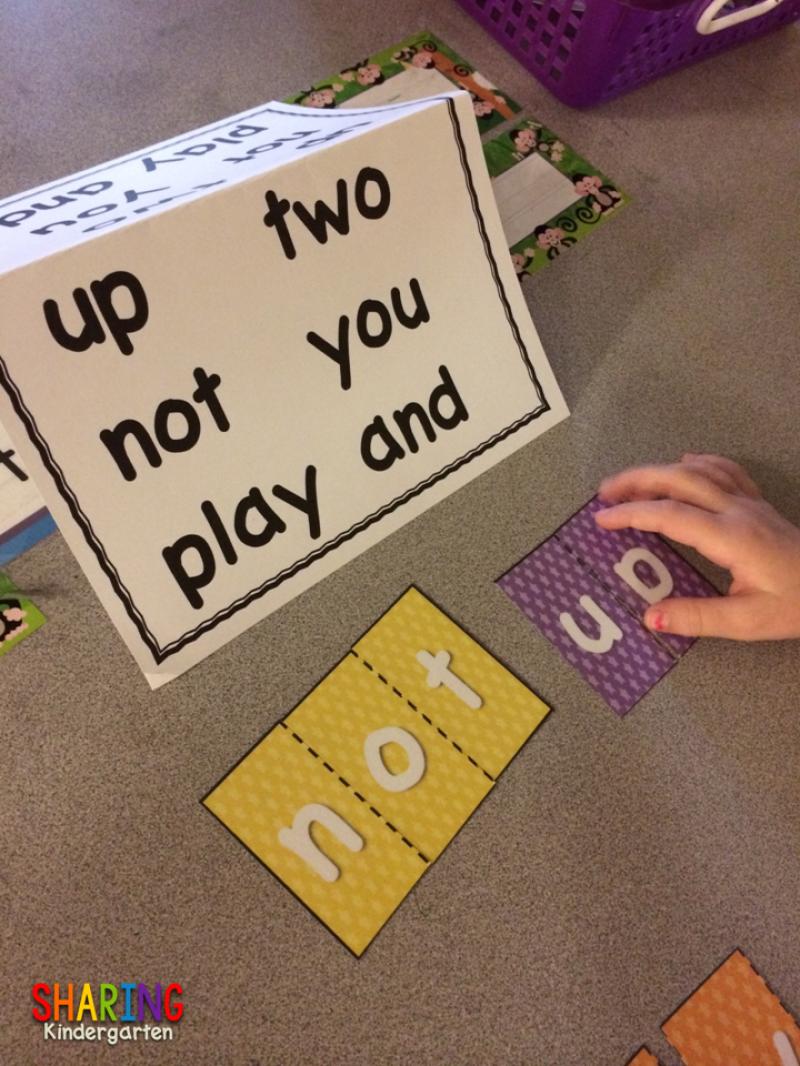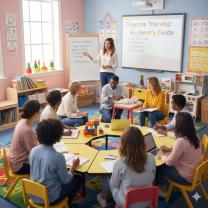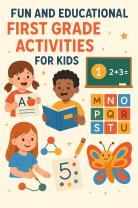How do I teach sight words in kindergarten?
Teaching sight words in kindergarten is a crucial component of early literacy development. Sight words are high-frequency words that students should recognize instantly, as they often do not follow regular phonetic rules. Here are some effective strategies for teaching sight words in kindergarten:
Use a Multisensory Approach:
- Engage multiple senses to reinforce learning. Incorporate activities that involve seeing, hearing, touching, and even moving. For example, you can have students trace sight words in sand, say them out loud, or act them out.
Introduce a Few Words at a Time:
- Start with a small set of sight words rather than overwhelming students with a long list. Gradually introduce new words as they become more comfortable with the initial set.
Repetition and Review:
- Repetition is key for learning sight words. Use flashcards, games, and various activities to reinforce the words regularly. Regular review helps solidify recognition and recall.
Incorporate Games and Activities:
- Make learning fun by incorporating games and activities. Play games like Bingo, memory matching, or sight word scavenger hunts. Use interactive and engaging materials to keep the learning process enjoyable.
Use Visual Aids:
- Display sight words prominently in the classroom. Create word walls or use flashcards with large, clear print. Encourage students to refer to these visual aids regularly.
Contextualize Sight Words:
- Integrate sight words into meaningful sentences or short stories. This helps students understand how these words function in context, making them more likely to remember and use them correctly.
Interactive Technology:
- Leverage educational apps, websites, or interactive whiteboards to make learning more engaging. Many digital resources are designed to teach and reinforce sight words in a fun and interactive way.
Incorporate Movement:
- Incorporate physical activity into sight word learning. Have students jump, clap, or move in some way for each letter or word. This kinesthetic approach can enhance memory and engagement.
Word Families:
- Group sight words that share similar patterns or sounds. Teaching word families can help students recognize and decode new words more easily.
Read Aloud:
- Read books with repetitive and predictable text that include sight words. Hearing and seeing these words in context can reinforce recognition and understanding.
Encourage Writing:
- Have students practice writing sight words. This kinesthetic activity reinforces visual recognition and helps with muscle memory.
Home-School Connection:
- Encourage parents to practice sight words at home. Provide resources and suggestions for games or activities that families can do together to reinforce learning.
Remember that each child learns differently, so it's essential to use a variety of strategies and be flexible in your approach. Tailor your teaching methods based on the needs and interests of your students.
Teaching essential words: How do I teach sight words in kindergarten?
Sight words are high-frequency words that children need to be able to recognize quickly and automatically in order to read fluently. There are many different ways to teach sight words in kindergarten, but some of the most effective methods include:
- Make it fun and engaging. Kindergarteners are more likely to learn sight words if they are having fun. Use games, songs, and other activities to make learning sight words enjoyable.
- Be consistent. Sight words need to be practiced regularly in order for children to learn them. Set aside time each day for sight word instruction.
- Use a variety of teaching methods. There is no one best way to teach sight words. Use a variety of methods, such as flashcards, games, and writing activities, to help children learn.
- Provide opportunities for practice. Children need to practice sight words in order to learn them. Provide them with opportunities to read and write sight words in different contexts.
Effective strategies and activities for teaching sight words to kindergartners
Here are some effective strategies and activities for teaching sight words to kindergartners:
- Flashcard drills. Flashcards are a classic way to teach sight words. Show children flashcards of sight words and have them say the words aloud.
- Sight word games. There are many different sight word games that you can play with kindergartners. Some popular games include sight word bingo, sight word memory, and sight word hide-and-seek.
- Sight word writing activities. Have children write sight words in different ways, such as tracing them, writing them in sand, or writing them with different colors of markers.
- Sight word sight words in the environment. Point out sight words to children in the environment, such as on signs, labels, and menus.
- Sight word books. There are many different sight word books available. These books can help children practice reading and writing sight words in a fun and engaging way.
Tips for creating engaging and supportive sight word lessons for young learners
Here are some tips for creating engaging and supportive sight word lessons for young learners:
- Keep it short and sweet. Kindergarteners have short attention spans, so keep your sight word lessons short and to the point.
- Use visuals. Kindergarteners learn best visually, so use pictures and other visuals in your sight word lessons.
- Be hands-on. Kindergarteners are tactile learners, so provide them with opportunities to interact with sight words in a hands-on way.
- Make it personal. Kindergarteners are more likely to learn sight words that are meaningful to them. Try to connect sight words to their interests or experiences.
- Provide positive reinforcement. Praise children for their efforts and successes. This will help them stay motivated to learn.
By following these tips, you can create engaging and supportive sight word lessons that will help your kindergarteners learn and succeed.













